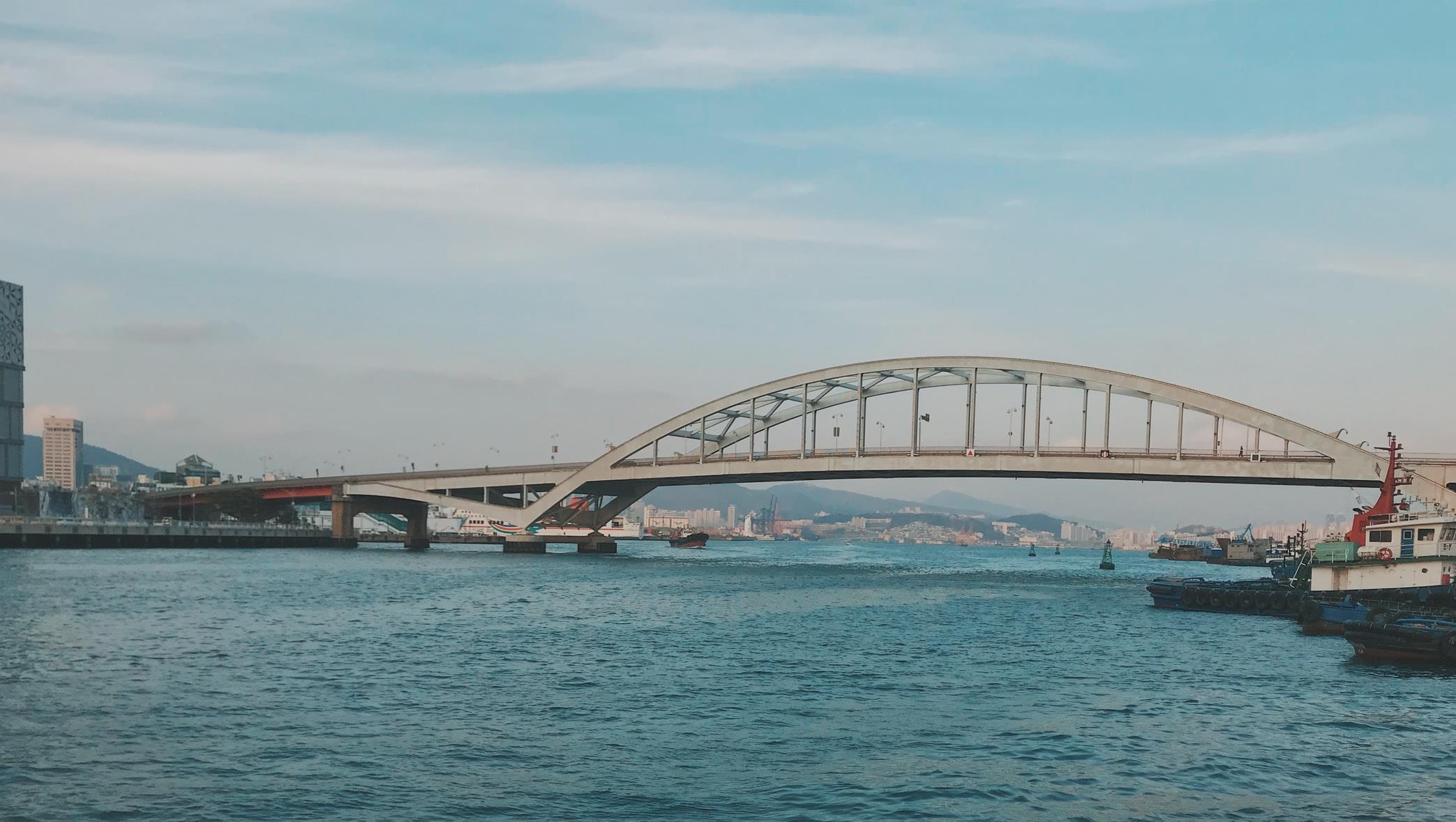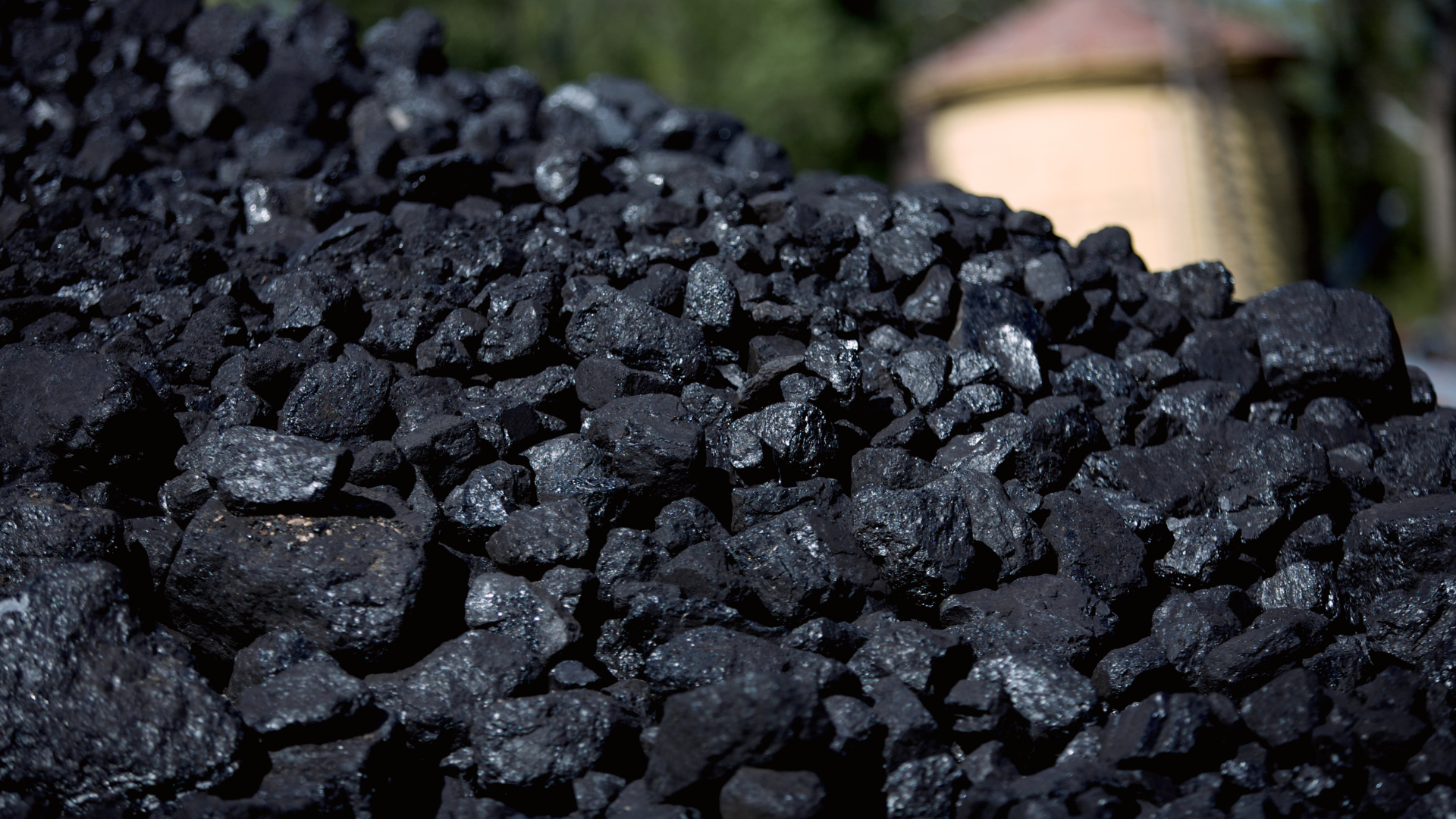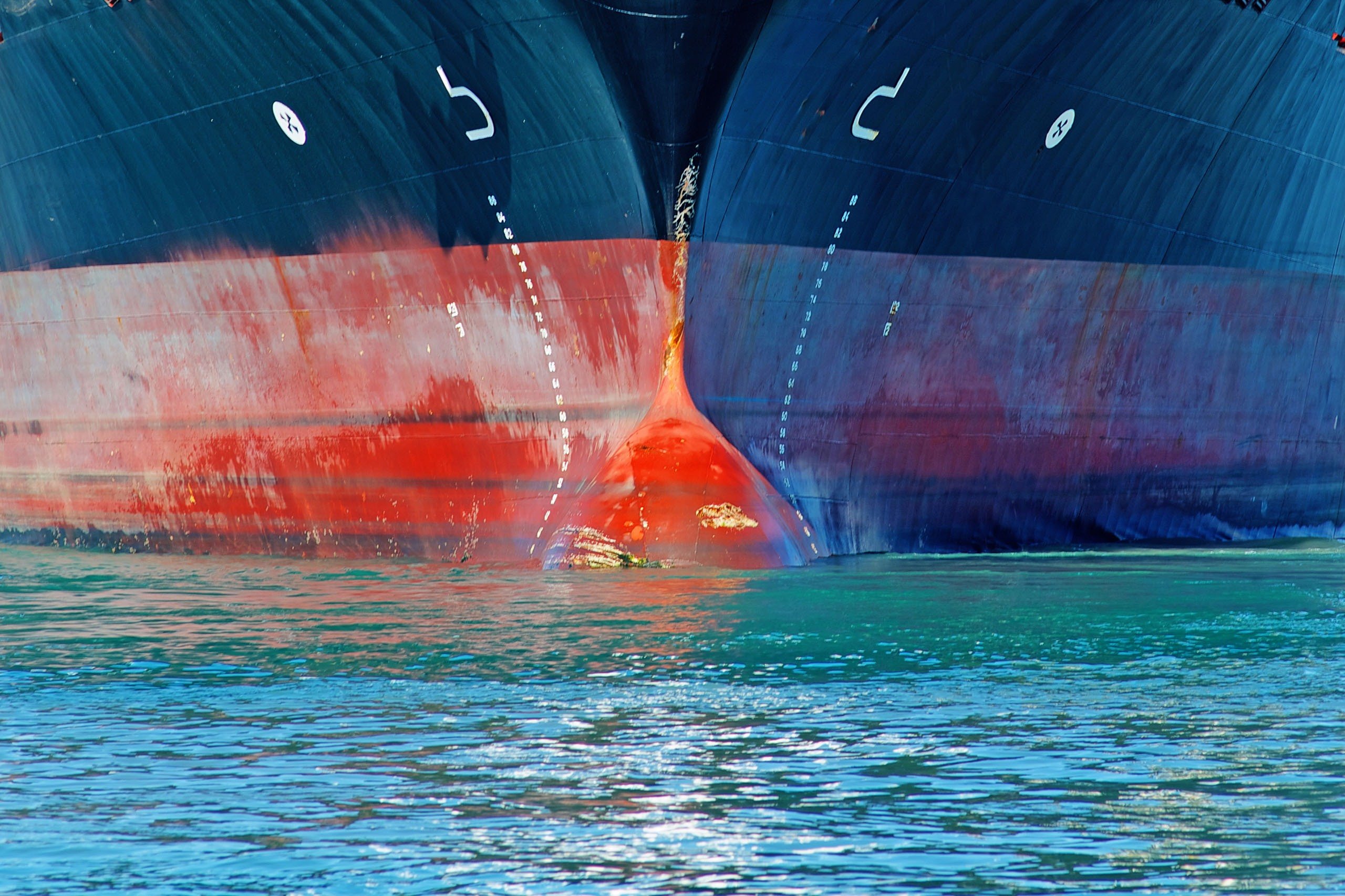
The Club’s correspondents, Hyopsung Surveyors & Adjusters Corporation, provides an update on recent designations of ECAs and low speed areas at five major ports in South Korea.
If Members have any questions relating to this article, your usual contact at the Club would be pleased to assist you.
South Korean major ports designated as Emission Control Areas
South Korea’s Ministry of Oceans and Fisheries (MOF) has announced that from 1 September 2020, all vessels anchoring or mooring at Korea’s major ports in Busan, Ulsan, Yeosu, Gwangyang, Incheon and Pyeongtaek-Dangjin are required to comply with the 0.10 % limit for sulphur content in fuel oil or to mount an exhaust gas cleaning system to reduce SOx Emission under the Special Act on Air Quality Improvement in Port & Other Areas enacted in 2019.
According to MOF’s Notice on Designation of SOX Emission Control Areas (ECA), between 1 September 2020 and 31 December 2021, all vessels anchoring or mooring at the designated Korean ports are required to comply with the sulphur limit commencing 1 hour after completion of anchoring or mooring to 1 hour prior to heave in anchor or de-berthing operations.
On and after 1 January 2022, the 0.10 % sulfur limit will be extended to all vessels from the moment of entering until the moment of exiting the ECA.
For the location of the ECAs, please refer to the attached English translations of the drawings from the MOF’s announcement dated 24.12.19.
Meanwhile, as of 1 January 2020, ocean going vessels are required to use low sulphur fuel oil with a maximum sulphur content of 0.50 % or to mount an exhaust gas cleaning system to reduce SOx Emission in Korean ports i.e. when operating outside ECA under the Enforcement Decree of Marine Environment Management Act.
In order to meet the SOX emission requirements, use of approved exhaust gas cleaning systems, including open loop systems, is allowed in Korean ports according to the local authorities.
A penalty of imprisonment up to one year or a fine not exceeding 10 million Korean Won shall be imposed on the crewmember and also on the ship owner, if applicable, under the joint penal provision if the vessel is in breach of the Special Act on Air Quality Improvement in Port & Other Areas or Marine Environment Management Act.
Emission Control Areas
Incheon, Pyeongtaek-Dangjin Port
Sea area within the connected lines in consecutive order of the following points.-
Lat 37° 36’ 00’’ N, Long 126° 33’ 42’’ E (vicinity of Daebyeok-ri, Gimpo-si),
Lat 37° 10’ 00’’ N, 126° 06’ 30’’ (Southeast end of Mungap Island, Incheon),
Lat 37° 02’ 54’’ N, 126° 29’ 00’’ E (vicinity of Seokmungak, Dangjin-si).
Yeosu, Gwangyang Port
Lat 34° 35’ 24’’ N, Long 127° 48’ 20’’ E (Southeast end of Dolsan Island, Yeosu-si),
Lat 34° 35’ 24’’ N, Long 128° 00’ 26’’ E,
Lat 34° 42’ 42’’ N, Long 128° 00’ 26’’ E (Immangmal, Namhae-gun).
Sea area within the connected lines of the above points and the below points.
Lat 34° 56’ 22’’ N, Long 127° 52’ 06’’ E and Lat 34° 56’ 46’’ N, Long 127° 51’ 56’’ E (Noryang Bridge).
Busan Port
Sea area within the connected lines in consecutive order of the following points.
Lat 35° 09’ 36’’ N, Long 129° 11’ 32’’ E (Southeast end of Cheongsapo, Jung-dong, Busan-si),
Lat 35° 09’ 04’’ N, Long 129° 11’ 44’’ E, the external circular arc of the traffic safety specified sea areas in Busan according to attached table 1 of Enforcement Decree of Maritime Safety Act,
Lat 34° 58’ 46’’ N, Long 129° 04’ 14’’ E,
Lat 34° 55’ 00’’ N, Long 128° 50’ 00’’ E,
Lat 34° 58’ 41.5’’ N, Long 128° 49’ 19.5’’ E (East of entrance of the entering fairway of Gadeok Channel),
Lat 35° 02’ 01.4’’ N, Long 128° 47’ 37.8’’ E (No. 12 buoy of the entering fairway of Gadeok Channel),
Lat 35° 03’ 19.5’’ N, Long 128° 43’ 23.5’’ E (No. 20 buoy of the entering fairway of Gadeok Channel),
Lat 35° 05’ 42’’ N, Long 128° 42’ 53’’ E (Southwest end of Deok-dong, Changwon-si).
Busan Port West
Sea area within the connected lines in consecutive order of the following points.
(Applied for vessels using the Busan New Port only)
Lat 35° 03’ 19.5’’ N, Long 128° 43’ 23.5’’ E (No. 20 buoy of the entering fairway of Gadeok Channel),
Lat 34° 58’ 30’’ N, Long 128° 45’ 21’’ E (Galsan Island, Geoje-si),
Lat 34° 55’ 00’’ N, Long 128° 50’ 00’’ E,
Lat 34° 58’ 41.5’’ N, Long 128° 49’ 19.5’’ E (East of entrance of the entering fairway of Gadeok Channel),
Lat 35° 02’ 01.4’’ N, Long 128° 47’ 37.8’’ E (No. 12 buoy of the entering fairway of Gadeok Channel),
Lat 35° 03’ 19.5’’ N, Long 128° 43’ 23.5’’ E (No. 20 buoy of the entering fairway of Gadeok Channel).
Ulsan Port
Sea area within the 6.0 mile radius circular arc (the external circular arc of the traffic safety specified sea areas in Ulsan) centered at Lat 35° 24’ 37’’ N, Long 129° 27’ 52’’ E and including sea area of Ulsan Port (Mipo Port) according to article 3 of the Harbor Act.
South Korean major ports designated as Low Speed Areas
Under the Special Act on Air Quality Improvement in Port & Other Areas, MOF announced the designation of the 5 major ports in Busan, Ulsan, Yeosu, Gwangyang, and Incheon as slow steaming sea areas (20 nautical miles in radius measured from a lighthouse at each port) and recommended vessels to reduce their speed in the designated areas. With the effort to improve the quality of the air, MOF started a Vessel Speed Reduction (VSR) program and for those vessels participating in the VSR program (eligible ships differ by each port), their port fees (entry/leave) may be reduced. The voluntary speed limit when entering the ports differs by ship type (12 knots for container ships, 12 knots for car carriers, and 10 knots for other ships). A link to the MOF’s announcement dated 12.12.19 is available here.




